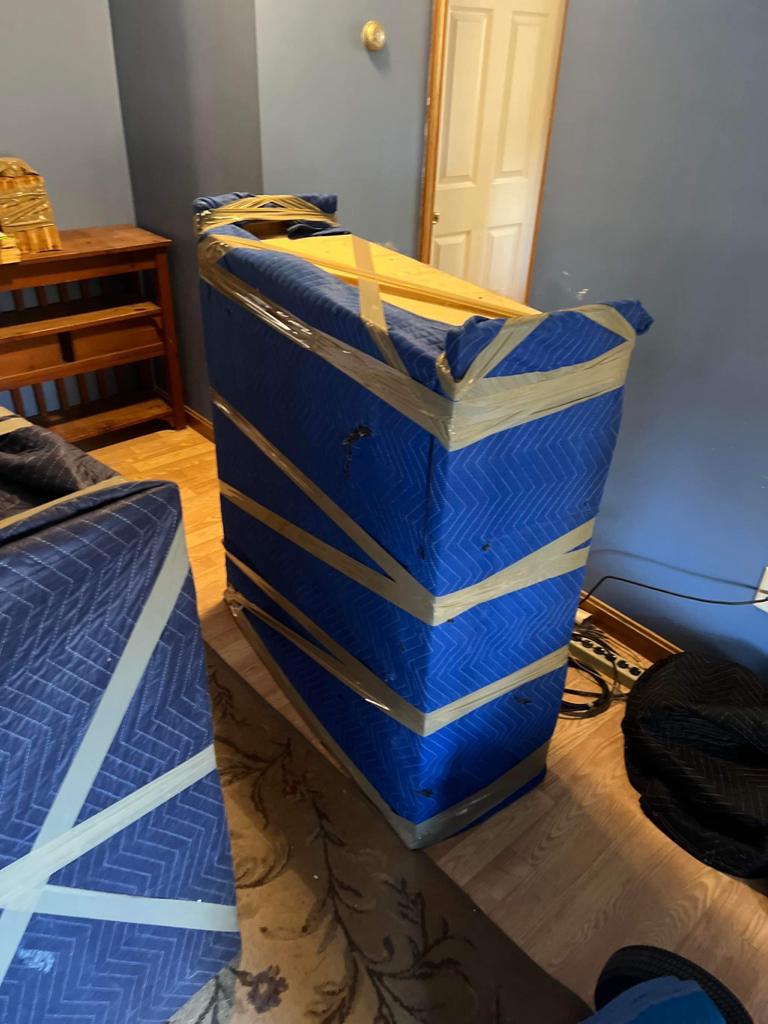Packing might seem like a straightforward task, but doing it effectively is truly an art. Proper packing ensures not only that you maximize space but also that your possessions reach their destination safely. Here are some pro tips to help you master the art of packing:
Empty spaces can lead to shifting during transport, increasing the risk of damage. Use crumpled packing paper, foam peanuts, or even old linens to fill any voids.
1. Choose the Right Boxes
Not all boxes are created equal. For heavier items like books, smaller boxes are ideal. Lighter, bulkier items like linens and pillows can go in larger boxes. Specialized boxes, such as wardrobe boxes or dish packs, can be a lifesaver for specific items.
2. Reinforce the Bottom
A box’s bottom is its most vulnerable point. Always double tape the bottom of your boxes and consider reinforcing them for added security, especially for heavier loads.
3. Heaviest Items First
When packing, always start with the heaviest items at the bottom of the box. This provides stability and ensures that lighter items aren’t crushed.
4. Use Packing Paper and Bubble Wrap
Newspaper might be a cheaper alternative, but it can stain items. Invest in packing paper and bubble wrap to wrap fragile items. The initial cost is worth the protection they offer.
5. Fill Gaps
Empty spaces can lead to shifting during transport, increasing the risk of damage. Use crumpled packing paper, foam peanuts, or even old linens to fill any voids.
6. Utilize Clothing and Linens
Wrap breakables in t-shirts or use socks to fill spaces in boxes. Not only does this protect items, but it also helps you move your clothes efficiently.
7. Nesting is Your Friend
When it comes to items like pots, pans, and Tupperware, use the nesting technique. Place smaller items inside larger ones to save space.
8. Avoid Overpacking
While it’s tempting to fill a box to the brim, overpacked boxes can be hard to lift and more prone to breaking. Aim for a firm pack, where items are secure but the box can be closed easily.
9. Label Clearly
Once packed, label your boxes on the side (not the top) so you can identify contents even if they’re stacked. Be specific—instead of just “Kitchen,” try “Kitchen: Glassware.”
10. Pack an Essentials Box
Before sealing everything, pack a box of essentials you’ll need immediately upon arrival: toiletries, a change of clothes, important documents, etc. This box should be loaded last so it’s the first one off the truck.
In Conclusion
Packing is indeed an art, but with the right techniques and materials, anyone can become a master. Take the time to pack correctly, and you’ll find that unpacking in your new home is a breeze.






Comments are closed